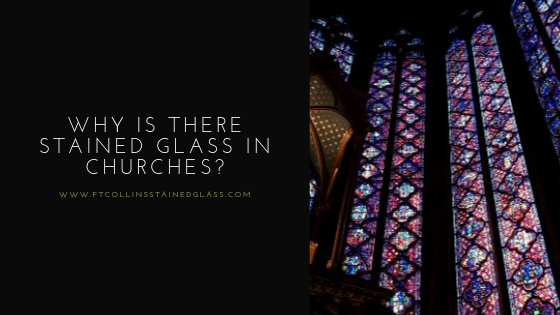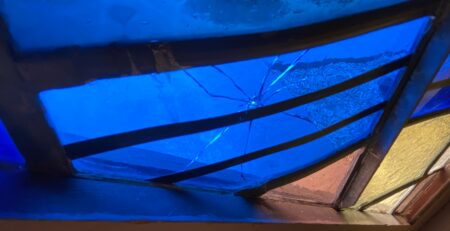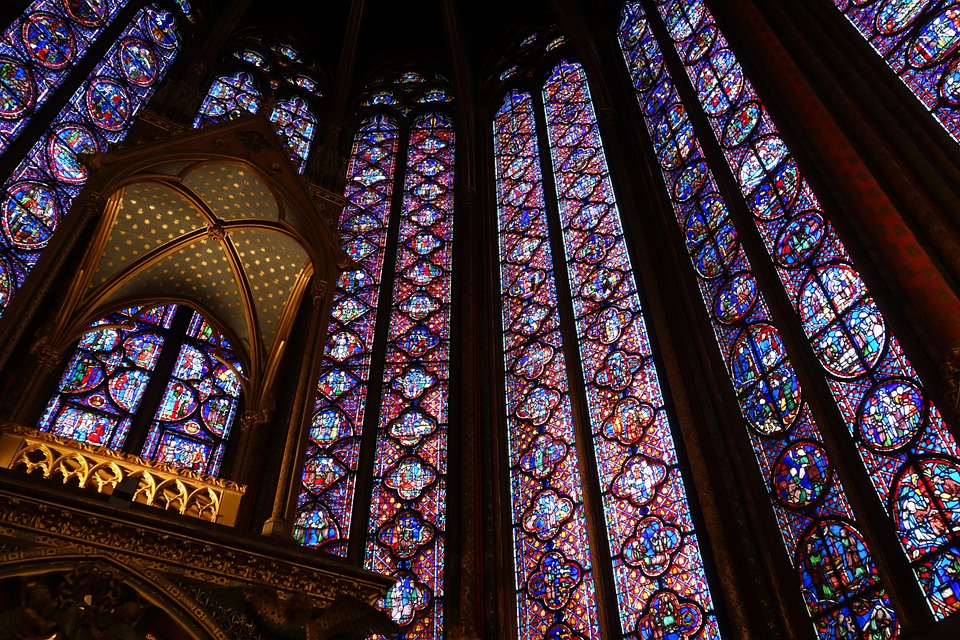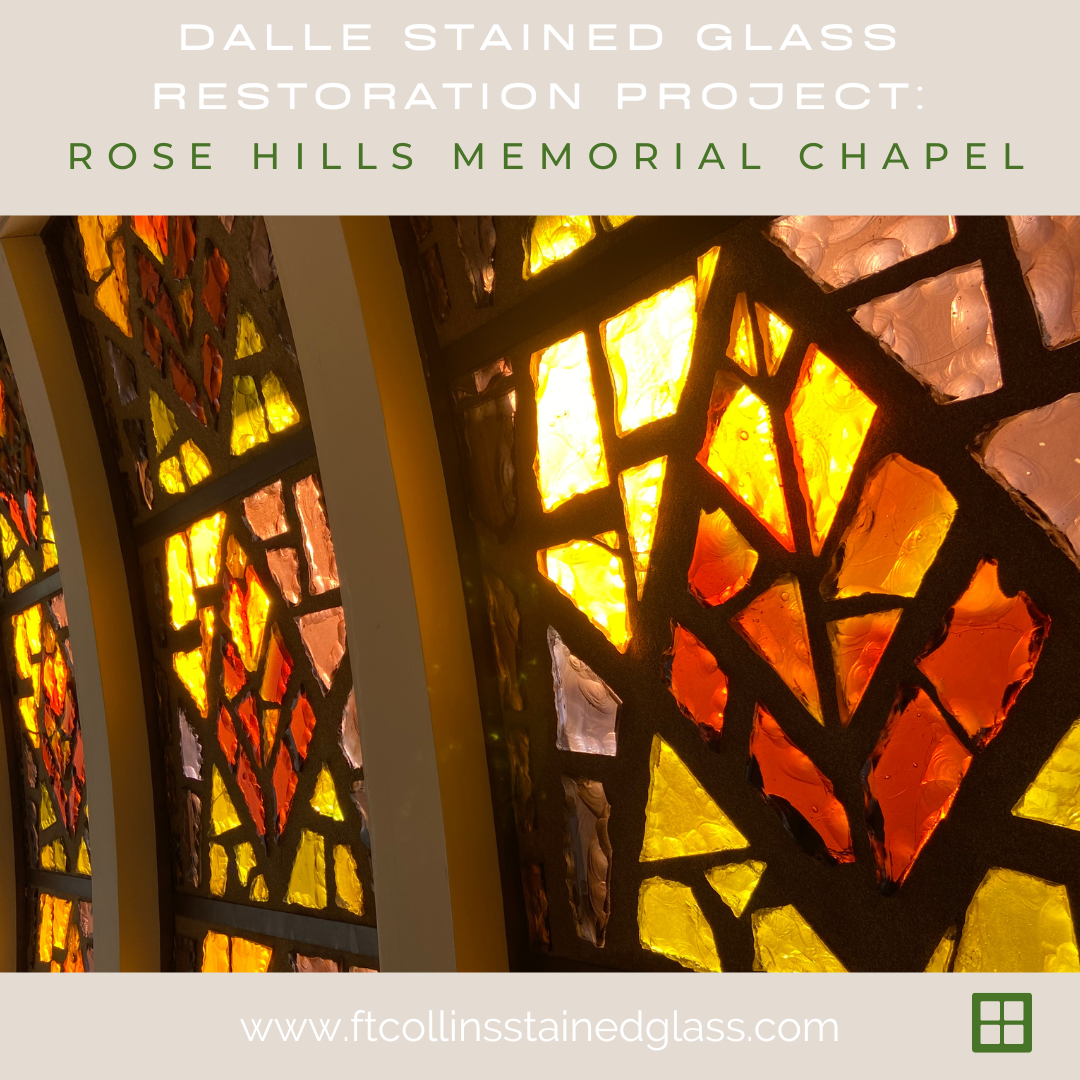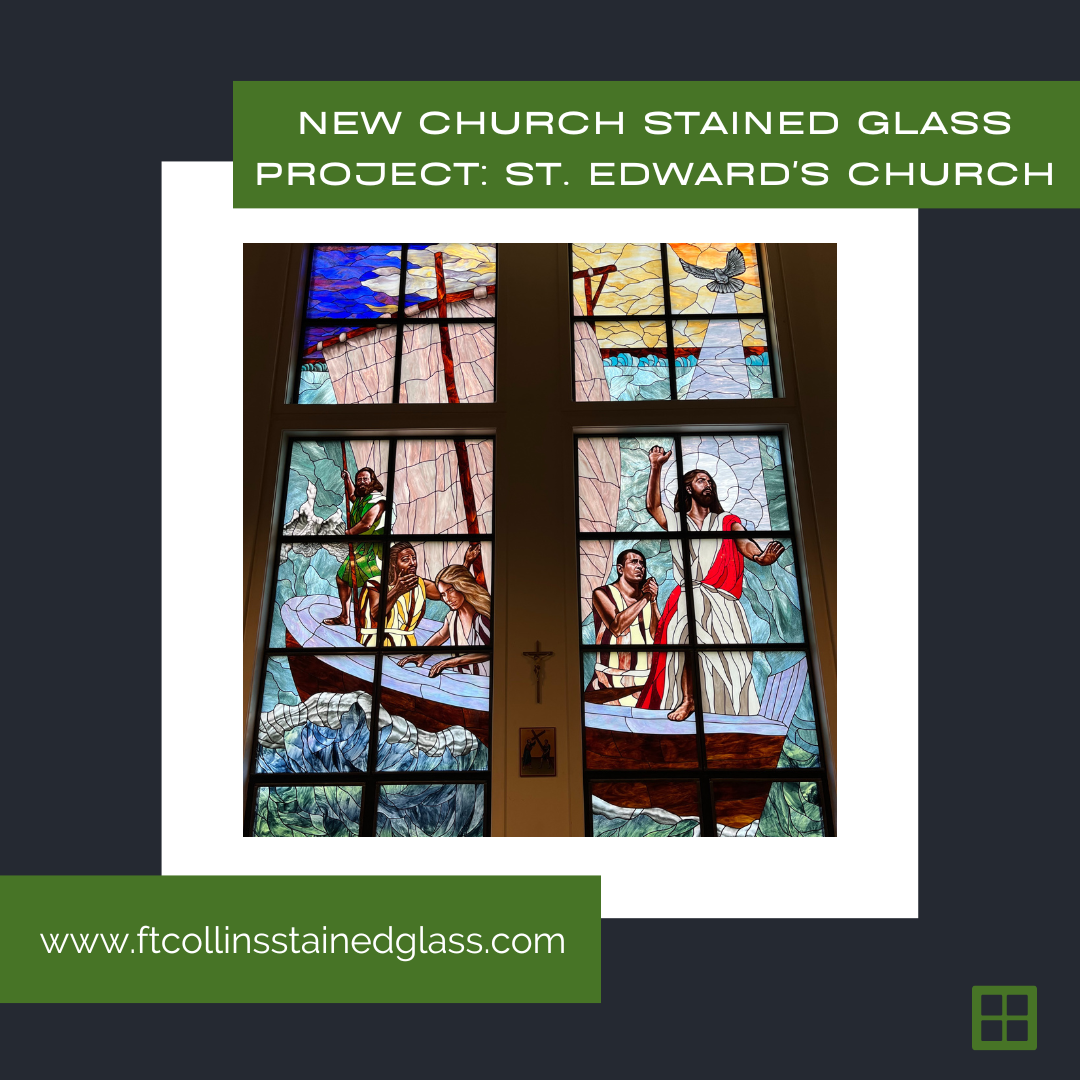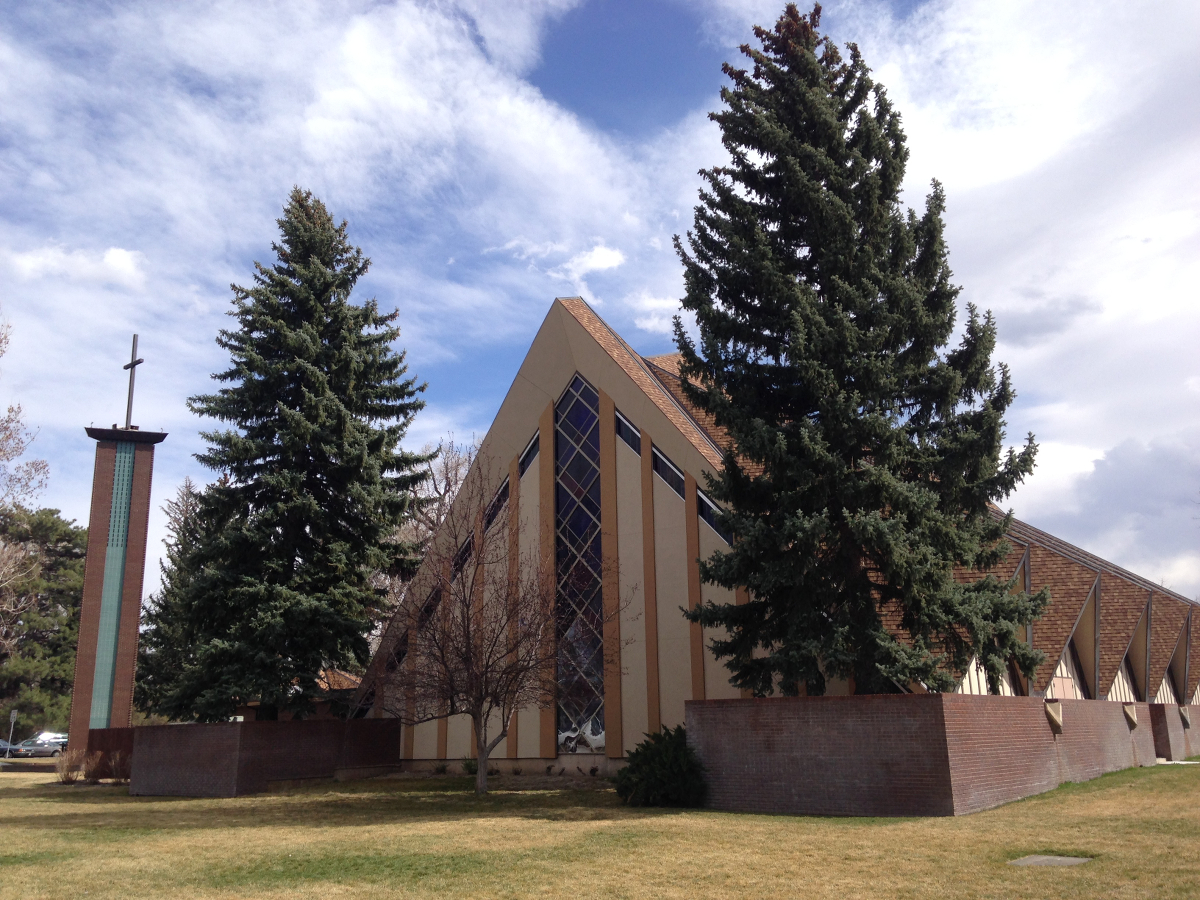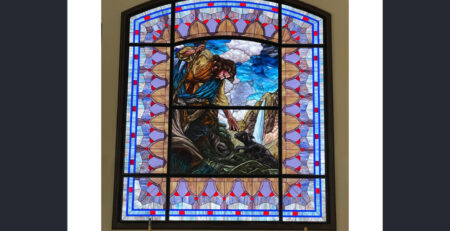Why Is There Stained Glass in Churches?
Stained glass windows are by far one of the most fascinating features of religious architecture. Almost immediately, when we walk into a church with stained glass, our eyes are drawn to the beautiful colors back light by the sun.
The elegant designs and hand-painted details in stained glass are so small and precise. And the artisans that create them labor over them for hours, working like surgeons to make sure that every line, shape, and hue is perfect. One can only imagine the skill and patience it takes to do something like that.
Stained glass is unbelievably beautiful. But have you ever wondered where it came from? And how did it come to be such an important and common part of churches?
In this article, we’ll take a look at the history of stained glass windows in churches and their purpose.
The Origin of Stained Glass
Historians believe that stained glass windows first came into existence sometime during the 10th century. Prior to this, people had been using colored glass to create pottery and jewelry.
Colored Glass in Ancient Times
The earliest use of colored glass can be attributed to the Egyptians and the Romans. These original glassmakers found that they could create glass by melting down sand into a liquid form. In a molten state, the glass should be formed into different shapes. They also discovered that they could add color to the glass by using dyes extracted from plants. The colored glass was usually formed into round beads which were strung together and used for jewelry or decorative pieces which were added to pottery.
However, it wasn’t until later that it was used as a medium for creating actual windows in buildings. The oldest church stained glass windows that still exists today belongs to a cathedral in Bavaria in Germany, the Cathedral of Augsburg. It’s believed that the intention of using stained glass in this instance was to make the windows larger and more elegant.
How Did Stained Glass Come to Be a Part of Churches?
Later, stained glass took on a new role in churches which led to an immense rise in popularity. Churches found that they could use decorative glass for educational purposes. Images and scenes from the Bible could be created out of colored glass, paint, and leading.
This made it possible for churches to use the windows like a picture book. Scenes and portraits told stories from the Bible. Since many people couldn’t read at the time, using stained glass in this way was very useful.
The Evolution of Colored & Leaded Glass Windows
Later, as more people developed the ability to read, colored and leaded glass windows became more of a traditional and aesthetic feature. As time went on, the windows became more and more ornate. Kings and other prominent figures commissioned the construction of massive stained glass windows in Gothic style cathedrals. Many of these works are now considered to be some of the greatest masterpieces of all time.
Even though a lot of time has passed since the first stained glass windows were made, they are still quite a popular feature. Now, colored and leaded glass windows can be found in our homes, libraries, museums, and many other types of buildings. And, of course, stained glass can still be found in numerous churches.
Get More Information
Stained glass continues to play an important role in churches and their surrounding communities today, shaping the identity and culture of cities across the world. For more information on church stained glass, you can contact our office or view our gallery to see examples of our work.

